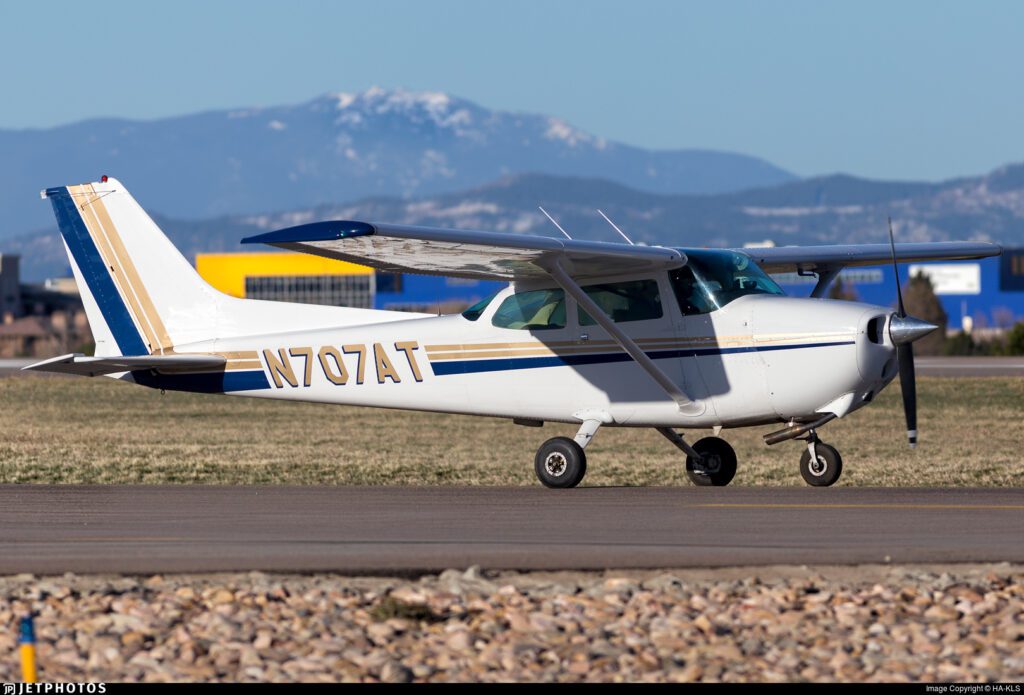Multiple 6 pack - Cessna 172 standard
The Cessna 172 Skyhawk is indeed one of the most iconic and successful aircraft in aviation history. Its widespread use as a training, personal, and utility aircraft has cemented its place as the most-produced aircraft of all time, with over 44,000 units built since its first flight in 1955.
Its stable flight characteristics, reliability, and relatively low operating costs have made it a staple for flight schools worldwide. Even though the production line has undergone changes over the years (including a hiatus from 1986 to 1996), the Cessna 172 remains a mainstay in general aviation, often regarded as the “trainer’s trainer” for its forgiving flight characteristics. It has become synonymous with flight training for pilots and has even been used in various military and utility roles in certain countries.
Given its long service life and wide adoption, the Cessna 172 is often the first aircraft many pilots learn to fly in, and it continues to serve as a workhorse for both professional and recreational aviators today.
Below are the specs for a standard 1978 Cessna 172N Skyhawk. Every vintage airplane is now different; do not use these specs to plan a flight. All data taken from the Standard Catalog of Cessna Single-Engine Aircraft.

Airplane Specifications
| GPS |
|
|---|---|
| Avionics |
|
| Horsepower | 160 |
| Year | 1980 |
| Max. Takeoff Weight | 2,300 lbs |
| Fuel Capacity | 43 gal |
| Useful Load | 907 lbs |
| Cruise Speed | 108 Economy |
| Est. Range | 575 nm |
| Service Ceiling | 14,200 ft |
Many flight school or flying club aircraft are owned by third parties and not the club or school. These arrangements can provide good income for the flight schools and flying clubs.
Overall, lease arrangements are sound opportunities for both the lessor and lessee. Our dry lease programs are at a low rate to the Lessee, but the in the lease arrangement, the lessee provides maintenance, liability for damage, insurance coverage, etc.
We also provide leasing to Part 135 certificate holders for use in charter operations. These lease arrangements are more complicated than club/school leases and are governed by additional rules found in Part 135. For example, these aircraft are subject to Part 135 maintenance requirements, which are much more stringent.
If you do not find the aircraft you require in our list of available aircraft, please contact us and let us know what equipment you would like us to find for your use.
